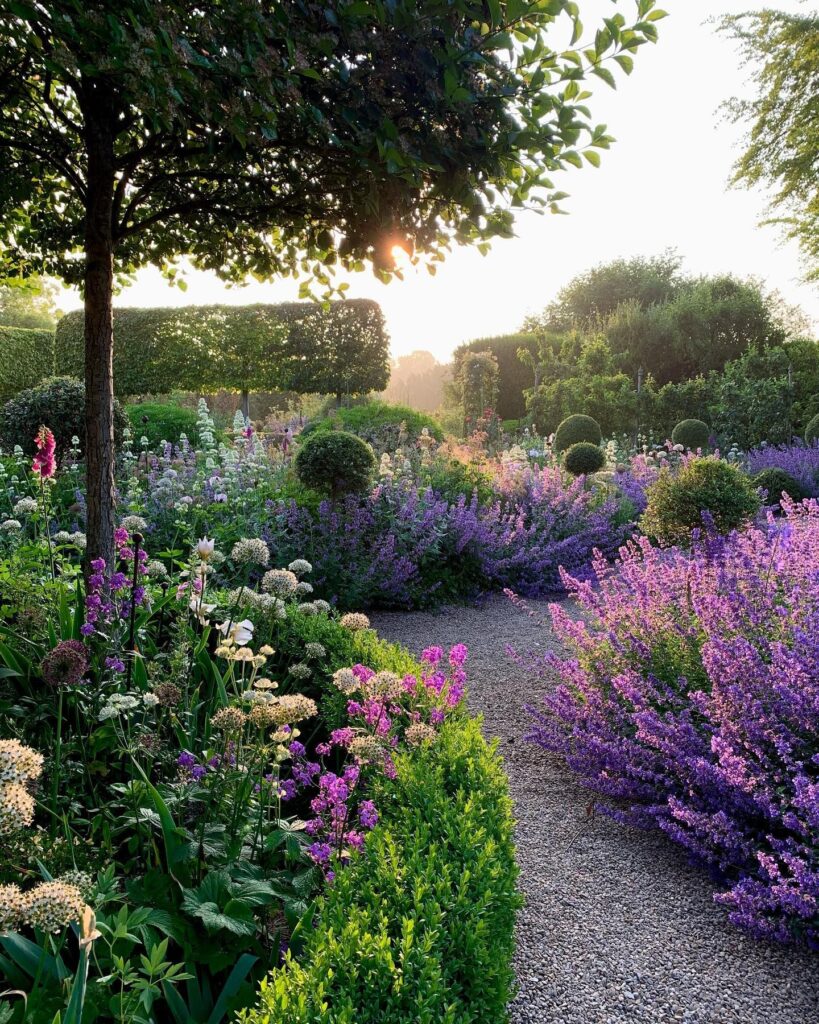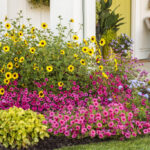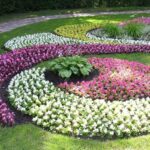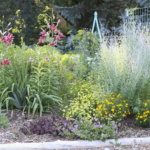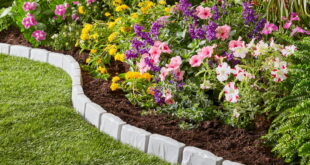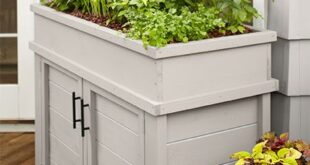Flower gardens are a beautiful addition to any outdoor space, providing a burst of color and fragrance that can transform a dull yard into a vibrant oasis. Designing a flower garden requires careful planning to ensure that the layout and selection of plants complement each other and create a harmonious balance. Here are some tips for designing a stunning flower garden that will delight both you and your visitors.
When designing a flower garden, it is important to consider the overall aesthetic you want to achieve. Whether you prefer a formal, structured garden with neatly arranged rows of flowers or a more natural, free-flowing design, your garden should reflect your personal style and taste. Take the time to sketch out a rough plan of your garden layout, including the location of pathways, seating areas, and focal points like a fountain or sculpture.
Incorporating a mix of different types of flowers is key to creating a visually appealing garden. Choose a variety of plant species with different heights, colors, and bloom times to ensure that your garden looks beautiful year-round. Consider planting a mix of annuals, perennials, and flowering shrubs to add depth and dimension to your garden. Group plants with similar watering and sunlight needs together to make maintenance easier.
When selecting plants for your flower garden, consider the climate and growing conditions in your area. Choose plants that are well-suited to your region’s soil type, sunlight exposure, and temperature fluctuations. Research each plant’s water and maintenance requirements to ensure that they will thrive in your garden. Be sure to also consider the mature size of each plant to prevent overcrowding and ensure that they have enough space to grow.
Incorporating hardscaping elements like pathways, edging, and decorative features can add interest and structure to your flower garden. Use natural materials like stone, gravel, or wood to create borders, define planting areas, and add visual appeal. Consider adding a trellis or archway to support climbing plants like roses or wisteria, or installing a small water feature like a pond or fountain to create a focal point in your garden.
Maintaining a flower garden requires regular care and attention to ensure that your plants remain healthy and vibrant. Water your plants regularly, especially during hot, dry weather, and fertilize them as needed to promote growth and blooming. Prune dead or damaged foliage, and remove weeds to prevent them from competing with your flowers for resources. Monitor for pests and diseases, and treat any issues promptly to prevent them from spreading to other plants.
Finally, don’t forget to add personal touches to your flower garden to make it truly your own. Incorporate elements that reflect your personality and interests, such as a favorite color scheme, garden ornaments, or even a seating area where you can relax and enjoy the beauty of your garden. Remember that designing a flower garden is a creative and enjoyable process, so don’t be afraid to experiment and try new things to create a garden that brings you joy and pride.

